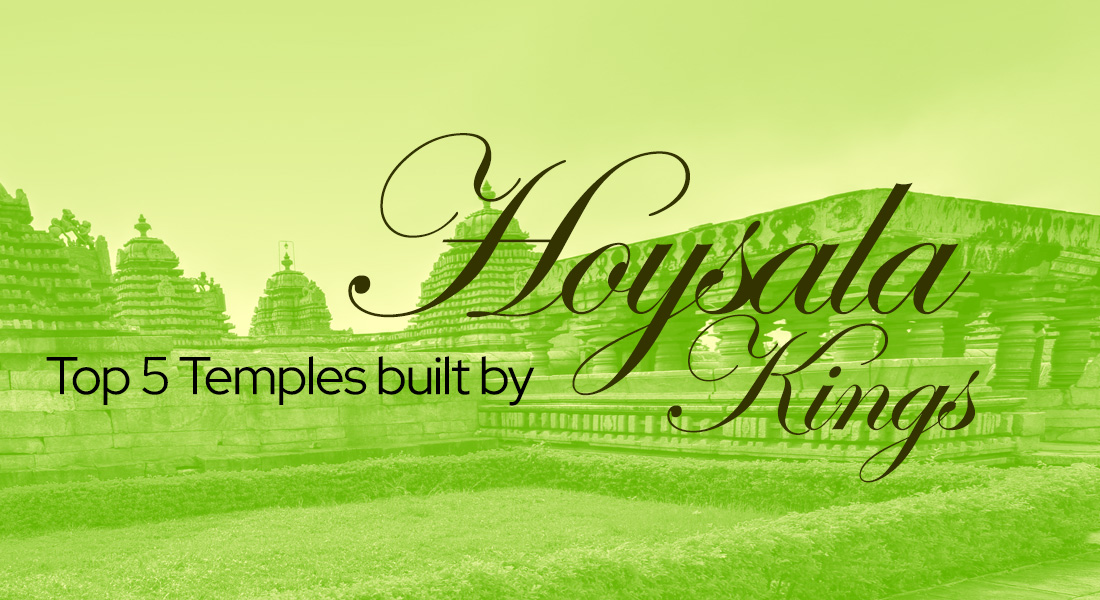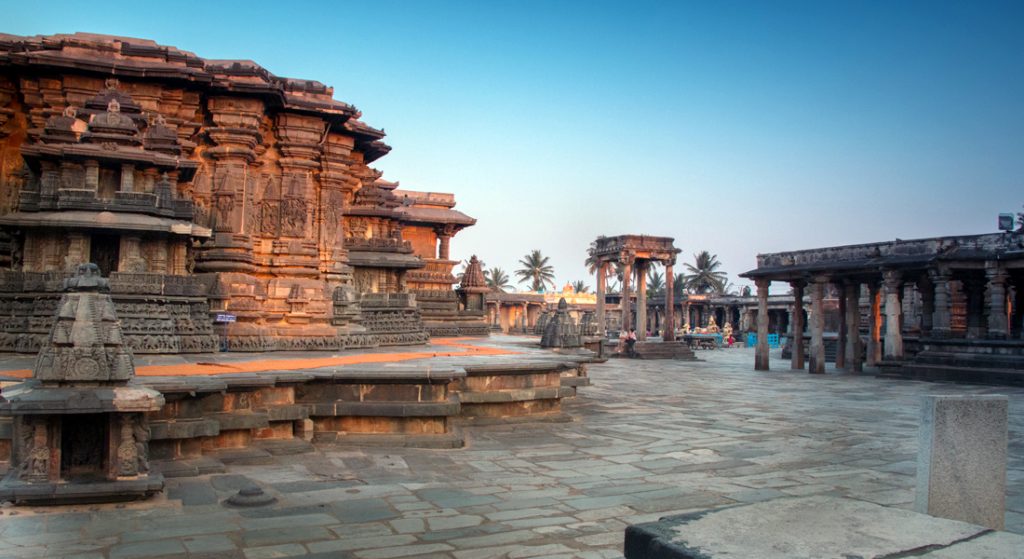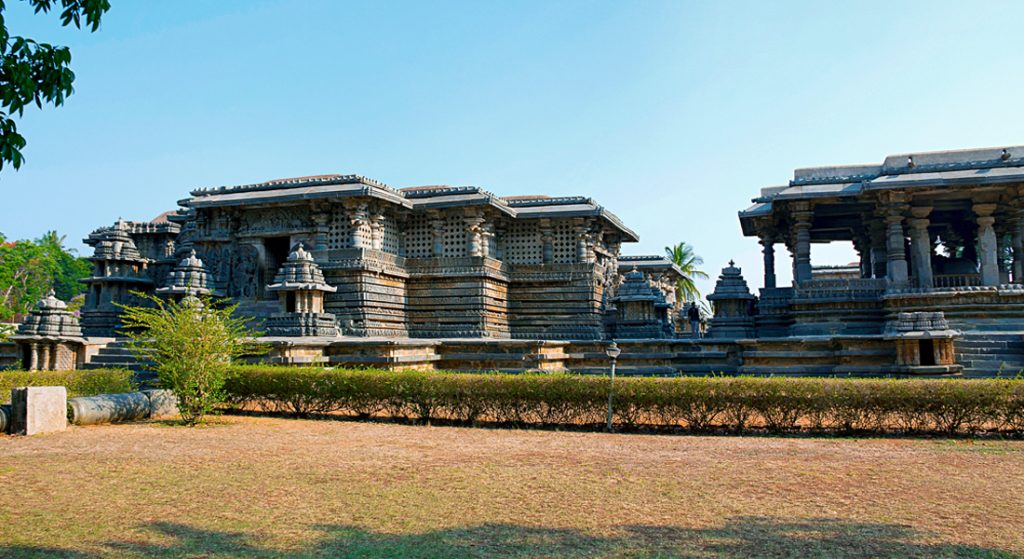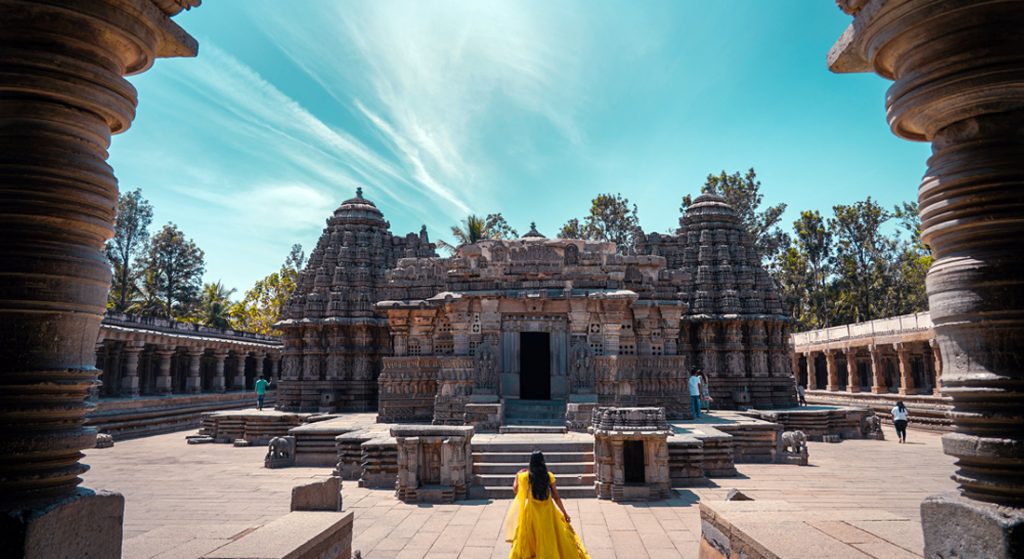
Top 5 Temples built by Hoysala Kings
The emergence of Hoysala architecture began in the 11th century and continued to evolve until the 14th century under the Hoysala Empire’s rule. Their architecture is distinctive in both style and complexity due to the use of soapstone, which made it possible to carve intricate designs.
With the Hoysala Empire located in southern Karnataka, more than 1,500 temples were built, of which 100 or so have survived to date. We’ve covered five of these architectural marvels that have stood the test of time and foreign invaders.
Chennakeshava Temple, Beluru: This marvel of a temple was built over 3 generations of Hoysala kings and took 103 years to complete. This large temple is a masterpiece of art and heritage that has astounded and amazed art lovers from all over the world. This pinnacle of Hoysala artisanship was consecrated by King Vishnuvardhana, the greatest of all the Hoysala Kings, in the year 1117, in memory of his victory over Chola kings in the year 1116. Temple has a large Rajagopura which was rebuilt over a period of time in the past. The main structure had a tower that collapsed about 100 years ago. The outer walls of the temple probably have the largest number of sculptures ever seen in a temple. The niches, galleries, brackets, horizontal bars and windows all are adorned by beautiful sculptures. It is regarded as the main temple of Hoysalas as their architecture has evolved around this temple.

Hoysaleshwara Temple, Halebeedu: It is another landmark temple built by Vishnuvardhana. It took about 40 years for the Hoysala artisans to build the temple and it was completed in the year 1160. Sometime during Vishnuvardhana’s rule, the capital of the kingdom was changed from Beluru to Halebeedu. This temple was commissioned as soon as the city, then known as Dwarasamudra, became the capital. The temple is no less in grandeur and scale to the Chennakeshava temple at Beluru and on its own stands as one of the best Hoysala temples ever built. The depiction of mythological stories on the outer walls, the pierced windows, columns on the inside, all exhibit the minute details of Hoysala sculptural style. This temple and the Chennakeshava temple at Beluru are the two best temples known for Hoysala sculptural work.

Chennakeshava Temple, Somanathapura: Located on the banks of the River Kaveri, this symmetrically perfect temple was built by Somanna Dandanayaka who was an officer of the Hoysala King Narasimha III in the year 1258. This trikuta temple still retains the towers of all the sanctums with the sanctums decorated by respective idols, which are different incarnations of Vishnu. All 24 forms of Vishnu are carved on the outer walls apart from his various facets. The towers too are filled with carvings depicting Vishnu and his avataras. The Navaranga of the temple, which is common to all the sanctums has four attractive columns and beautiful art on the ceiling. The door jambs stand out for their artisan work.

Veera Narayana Temple, Belavadi: This temple, along with the above-mentioned Chennakeshava temple at Somanathapura, is better known for Hoysala architecture. This temple with three sanctums has a common navaranga, a ranga mantapa, and a maha mantapa up front. The temple, constructed of soapstone, was built by Hoysala King Narasimha I in the year 1200. The large and elaborate temple is study material for those interested in Hoysala architecture, as no elements seem to be missing.

Lakshmi Temple, Doddagaddavalli: This is a unique temple that stands apart from the regular Hoysala temples, which are in either single, dual, or triple sanctum style. Located on the banks of a large lake, this temple has 4 sanctums with a common mantapa in the center. Three of these sanctums have Lakshmi, Shivalinga, and Kali murtis, whereas the fourth sanctum is empty. This lovely temple with a beautifully laid plan was constructed by a merchant and his wife in the year 1113, when King Vishnuvardhana was ruling from Beluru. The main attractions of the temple are the two life size images of demons, popularly known as the Betala.



